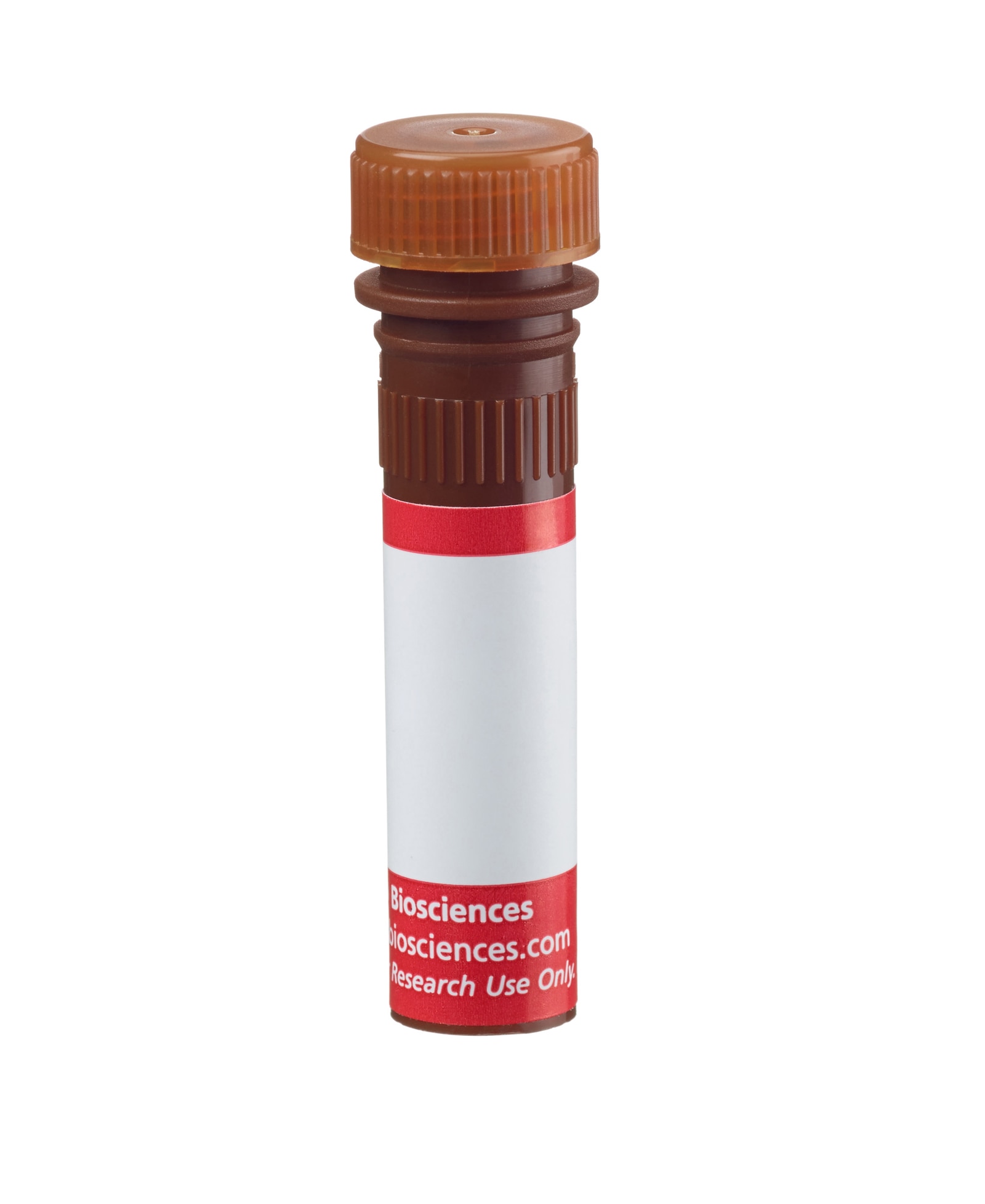 全部商品分类
全部商品分类


1/2

品牌: BD Pharmingen
 下载产品说明书
下载产品说明书 下载SDS
下载SDS 用小程序,查商品更便捷
用小程序,查商品更便捷


 收藏
收藏
 对比
对比 咨询
咨询反应种属:
Human (QC Testing), Rhesus, Cynomolgus, Baboon (Tested in Development)
来源宿主:
Mouse IgG1, κ
产品介绍
产品介绍
产品信息
荧光素标记
抗原名称
CD69

宿主
Mouse IgG1, κ

免疫原
Anti-µ stimulated human B lymphocytes

简单描述
The FN50 monoclonal antibody specifically binds to human CD69. CD69 is also known as activation-induced molecule (AIM), early activation antigen (EA-1), very early activation antigen (VEA), C-type lectin domain family 2 member C (CLEC2C), MLR-3, GP32/28 and Leu-23. CD69 is a transmembrane type II homodimer receptor. CD69 is comprised of disulfide-linked, differentially glycosylated core protein subunits that are approximately 28 and 34 kDa in size. Each subunit contains a C-type lectin domain. CD69 is expressed on activated T, B, and natural killer (NK) lymphocytes, thymocytes, neutrophils, eosinophils and platelets. In normal peripheral blood, a small and variable percentage of lymphocytes typically express detectable membrane CD69 antigen. Upon activation, CD69 antigen expression increases on lymphocytes. Peak CD69 expression generally occurs within 18 hours of activation, preceding the appearance of HLA-DR, IL-2Rα (CD25) and transferrin receptor (CD71). CD69 is highly expressed on the bright CD3+ subset of thymocytes. FN50 monoclonal antibody labels NK cells and most lymphocytes of the follicular mantle and perifollicular/interfollicular zone as well as germinal center T cells of lymph nodes and tonsils. Studies indicate that CD69 serves as a signaling receptor in the activation of a variety of cell types.
Clone FN50 reacts with the human form of the 28/34 kDa dimeric glycoprotein expressed early during activation of lymphocytes, monocytes, and platelets. It also cross-reacts with a subset of peripheral blood mononuclear cells (lymphocytes and monocytes) of rhesus and cynomolgus macaque monkeys. The distribution on lymphocytes is similar to that observed with human peripheral blood lymphocytes with the majority of the cells demonstrating an increase in FN50 positivity following overnight incubation with phorbol myristrate acetate (PMA).

商品描述
FN50
The FN50 monoclonal antibody specifically binds to human CD69. CD69 is also known as activation-induced molecule (AIM), early activation antigen (EA-1), very early activation antigen (VEA), C-type lectin domain family 2 member C (CLEC2C), MLR-3, GP32/28 and Leu-23. CD69 is a transmembrane type II homodimer receptor. CD69 is comprised of disulfide-linked, differentially glycosylated core protein subunits that are approximately 28 and 34 kDa in size. Each subunit contains a C-type lectin domain. CD69 is expressed on activated T, B, and natural killer (NK) lymphocytes, thymocytes, neutrophils, eosinophils and platelets. In normal peripheral blood, a small and variable percentage of lymphocytes typically express detectable membrane CD69 antigen. Upon activation, CD69 antigen expression increases on lymphocytes. Peak CD69 expression generally occurs within 18 hours of activation, preceding the appearance of HLA-DR, IL-2Rα (CD25) and transferrin receptor (CD71). CD69 is highly expressed on the bright CD3+ subset of thymocytes. FN50 monoclonal antibody labels NK cells and most lymphocytes of the follicular mantle and perifollicular/interfollicular zone as well as germinal center T cells of lymph nodes and tonsils. Studies indicate that CD69 serves as a signaling receptor in the activation of a variety of cell types.
Clone FN50 reacts with the human form of the 28/34 kDa dimeric glycoprotein expressed early during activation of lymphocytes, monocytes, and platelets. It also cross-reacts with a subset of peripheral blood mononuclear cells (lymphocytes and monocytes) of rhesus and cynomolgus macaque monkeys. The distribution on lymphocytes is similar to that observed with human peripheral blood lymphocytes with the majority of the cells demonstrating an increase in FN50 positivity following overnight incubation with phorbol myristrate acetate (PMA).

同种型
Mouse IgG1, κ

克隆号
克隆 FN50 (also known as FN 50) (RUO)

产品详情
APC-Cy7
APC-Cy7 dye is a part of the BD APC red family of dyes. This tandem fluorochrome is comprised of a Allophycocyanin (APC) donor that has excitation maxima (Ex Max) of 651 nm and an acceptor dye, Cy™7, with an emission maximum (Em Max) at 779 nm. APC-Cy7 can be excited by the Red (627-640 nm) laser and detected using an optical filter centered near 780 nm (e.g., a 760/60 nm bandpass filter). Please ensure that your instrument’s configurations (lasers and optical filters) are appropriate for this dye.

APC-Cy7
Red 627-640 nm
651 nm
779 nm
应用
实验应用
Flow cytometry (Routinely Tested)

推荐用量
5 µl

反应种属
Human (QC Testing), Rhesus, Cynomolgus, Baboon (Tested in Development)

目标/特异性
CD69

背景
别名
AIM; CLEC2C; EA1; GP32/28; Leu23; MLR-3; VEA; BL-AC/P26

制备和贮存
存储溶液
Aqueous buffered solution containing BSA and ≤0.09% sodium azide.

保存方式
Aqueous buffered solution containing BSA and ≤0.09% sodium azide.
文献
文献
研发参考(4)
1. Beavis AJ, Pennline KJ. Allo-7: a new fluorescent tandem dye for use in flow cytometry. Cytometry. 1996; 24(4):390-395. (Biology).
2. Knapp W. W. Knapp .. et al., ed. Leucocyte typing IV : white cell differentiation antigens. Oxford New York: Oxford University Press; 1989:1-1182.
3. Roederer M, Kantor AB, Parks DR, Herzenberg LA. Cy7PE and Cy7APC: bright new probes for immunofluorescence. Cytometry. 1996; 24(3):191-197. (Biology).
4. Schlossman SF. Stuart F. Schlossman .. et al., ed. Leucocyte typing V : white cell differentiation antigens : proceedings of the fifth international workshop and conference held in Boston, USA, 3-7 November, 1993. Oxford: Oxford University Press; 1995.

数据库链接
Entrez-Gene ID
969

参考图片
Profile of PHA-stimulated (24 hour) peripheral blood lymphocytes analyzed by flow cytometry
Flow cytometric analysis of CD69 expressed on human peripheral blood mononuclear cells. Human PBMC were unstimulated (Left panel) or stimulated for 24 hours with phytohemagglutinin (Right Panel). Cells were then stained with either APC-Cy™7 Mouse IgG1, κ Isotype control (Cat. No. 557873; dashed line histogram) or with the APC-Cy™7 Mouse Anti-Human CD69 antibody (Cat. No. 557756/560912; solid line histogram). The fluorescence histograms were derived from gated events with the forward and side light-scatter characteristics of viable lymphocytes.
声明 :本官网所有报价均为常温或者蓝冰运输价格,如有产品需要干冰运输,需另外加收干冰运输费。



